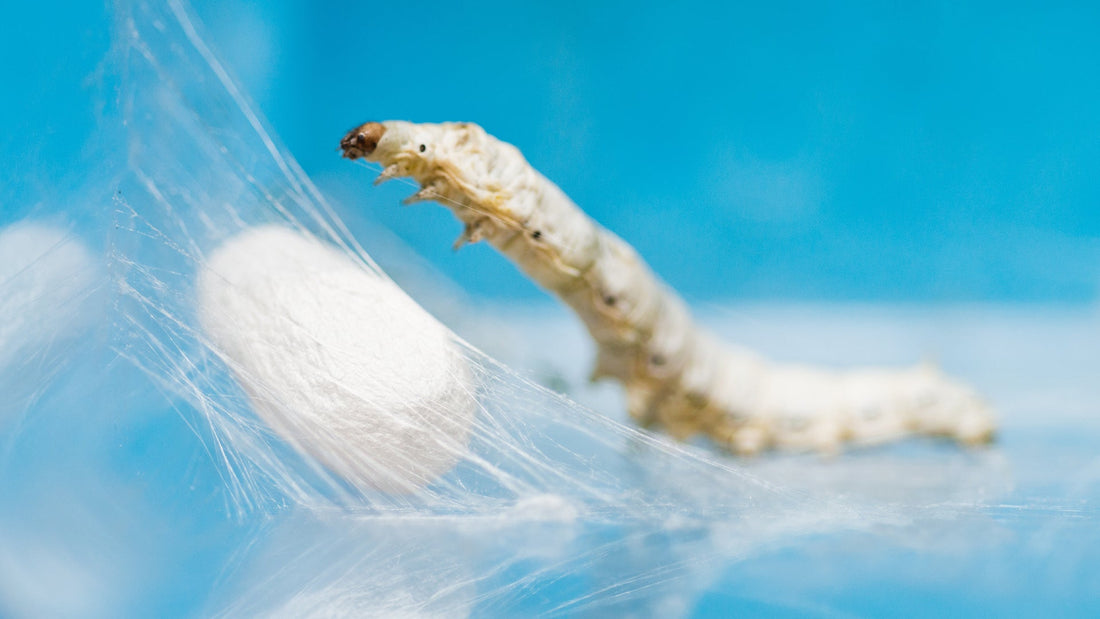
How is real silk made?
Share
Real silk is made from natural protein fibers produced by certain insects, most famously the silkworm — specifically, the Bombyx mori species.
Brief overview of silk facts;
What it's made of:
-
Fibroin – the main structural protein in silk, making up the thread itself.
-
Sericin – a sticky protein that coats the fibroin and holds the cocoon together (usually removed during processing).
How it's made:
-
Silkworms spin cocoons using a single continuous thread of fibroin (can be up to 1 km long!).
-
The cocoons are harvested and boiled or steamed to soften the sericin.
-
The silk fibers are reeled (unwound) and then twisted into threads for weaving.
Is it always from insects?
Mostly yes, but there are different types of real silk:
-
Mulberry Silk – the finest, from silkworms fed only mulberry leaves.
-
Tussar, Eri, and Muga Silk – wild varieties, coarser but beautiful in texture.
-
Peace Silk – harvested after the moth emerges, so the cocoon isn't boiled.
Silk is produced through a meticulous process involving the cultivation of silkworms, harvesting their cocoons, extracting silk fibers, and weaving them into luxurious fabric.
1. Sericulture: Raising Silkworms
The first step in making silk is sericulture, which involves cultivating the silkworms. The larvae of the domestic silkmoth, Bombyx mori, feed exclusively on mulberry leaves. Female moths lay about 300 to 500 eggs, which hatch into larvae within approximately 10 days. The larvae undergo several molts over a period of about six weeks before they are ready to spin their cocoons. Each silkwork spins a cocoon using a single filament of silk, which can measure up to 1600 meters long.2. Cocoon Harvesting
Once the silkworms have spun their cocoons, they are harvested before emerging as moths to prevent damage to the silk filament. This is crucial because once a moth emerges, the cocoon is broken, leading to shorter and unstable silk threads. The cocoons are typically subjected to heat through boiling water or stream to kill the pupae and loosen the gum (sericin) that holds the silk fibers together.
3. Reeling and Thread Preparation
After harvesting, the cocoons are carefully unravelled in a process known as reeling. The threads are drawn from the cocoons and combine to form a single, thicker strand of silk yarn. This yarn may then undergo degumming, where the sericin is removed to enhance the softness and sheen of the silk.
It is estimated that it takes about 2500 silkworks to produce just one pound of raw silk, highlighting the labour-intensive nature of silk production.
